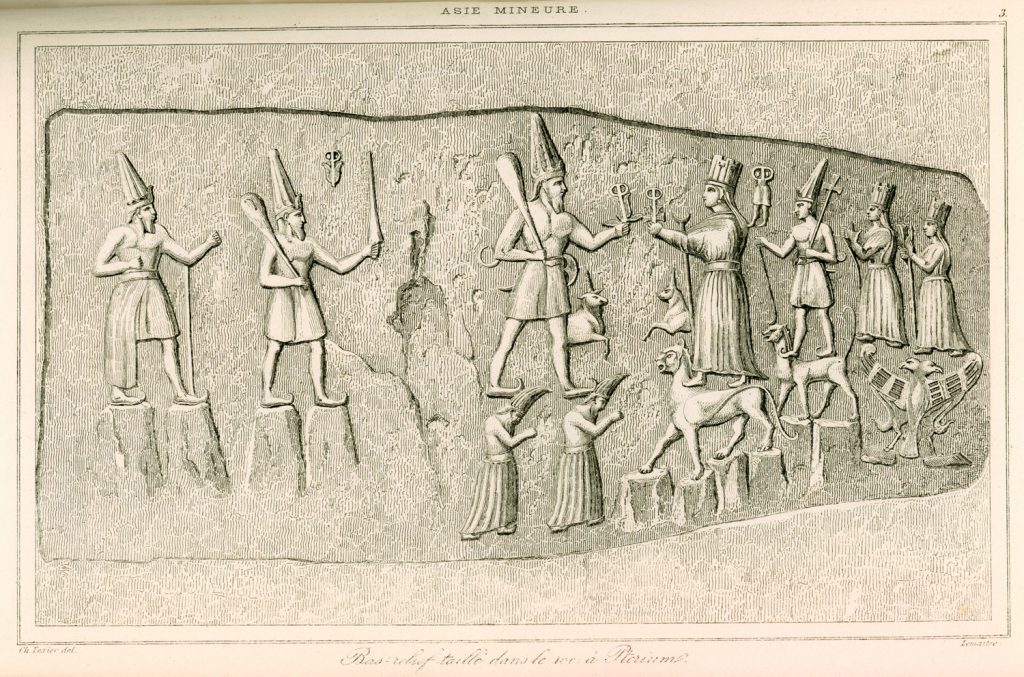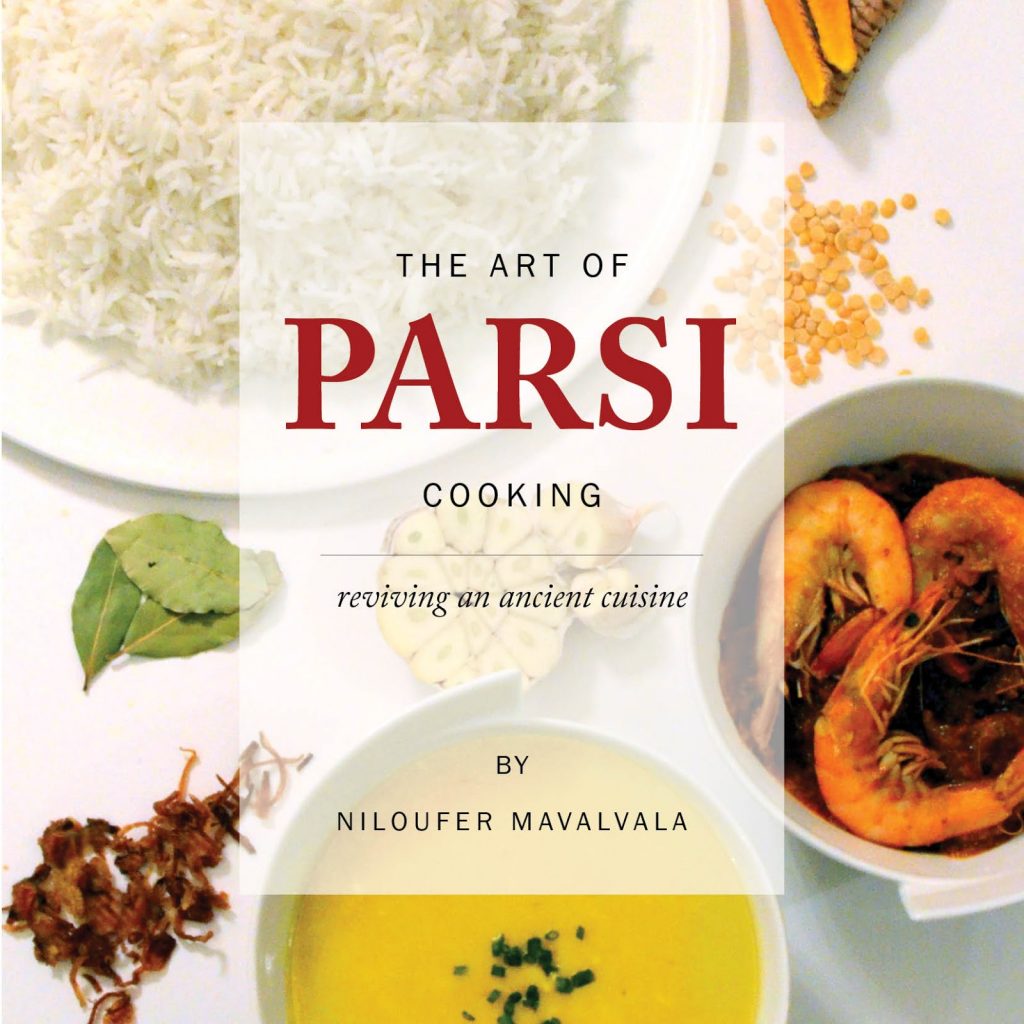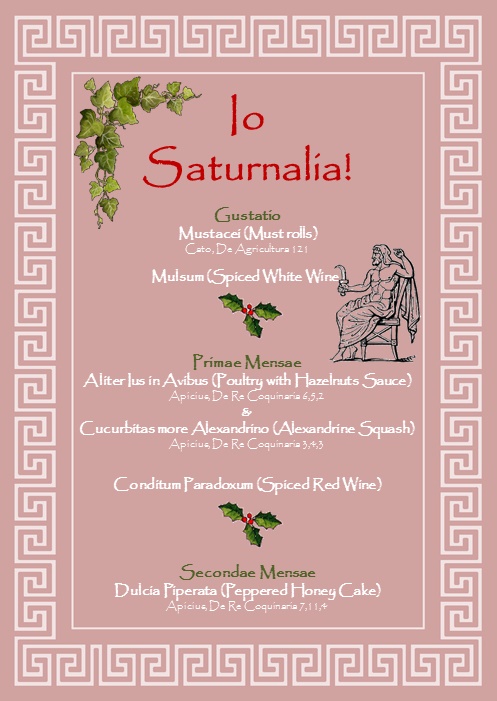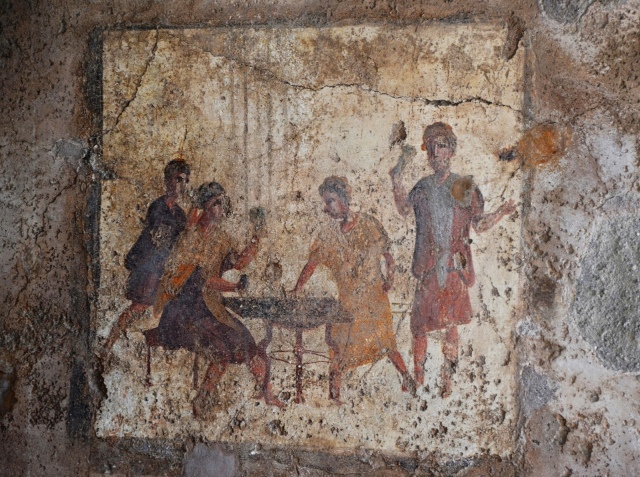When I heard the British Museum’s exhibition A History of the World in 100 Objects was coming to Canberra, Australia I could not stop smiling. Since its arrival, I have visited three times and plan more visits in the near future. In this post, I’m going to take you on a short tour of the exhibition, showing off my favourite objects.
Latest Posts
5 Key Sites Of The Hittite Empire
Although mentioned several times in the Biblical texts, the actual existence of the Hittites was largely forgotten until the late 19th century. With the discovery of Hattusa in 1834, the city that was for many years the capital of the Hittite Empire, the Hittites were finally recognized as one of the Great Superpowers of the ancient Middle East in the Late Bronze Age.

Engraving from a relief at Yazilikaya by French archaeologist Charles Texier (1882). Teshub stands on two deified mountains (depicted as men) alongside his wife Hepatu, who is standing on the back of a panther. Behind her, their son, their daughter and grandchild are respectively carried by a smaller panther and a double-headed eagle.
A taste of Ancient Rome – A Saturnalia feast
Solar Observatory in Ukraine
Bezvodovka is a solar observatory. It is an ancient Bronze Age architectural monument of land architecture, science and spirituality spanning nearly 20 square kilometres. The research in this blog post is unique and exploratory because it contradicts the accepted interpretation of the site. Current mainstream interpretations of these are burial mounds of nomadic tribes. Scholars have long studied the mounds at Bezvodovka and seem to feel they have them easily defined. New research, however, suggests that this site could be far more intriguing and amazing than the mainstream interpretation.
In the Chernihiv region of Ukraine, near the city of Ichnia, at Bezvodovka plateau, there are a group of ancient mounds. Some of them were destroyed by people and machinery while the others that remain have been described by scholars as mounds of nomadic tribes from the 1st and 2nd centuries BCE. However, new knowledge has allowed us to unite the scattered mounds into a single complex of nearly 20 square kilometres. Aerial photography records and computer applications have made it possible to also determine the purpose of the mounds.
Io, Saturnalia!
December 17, marks the beginning of the Saturnalia, a festival held in honour of Saturn that lasted for between 3 and 7 days. It was celebrated in Rome for the first time in 497 BC when the Temple of Saturn in the Roman Forum was dedicated. The poet Catullus called it “the best of days” – Saturnalibus, optimo dierum!.
The holiday began with a sacrifice at the Temple of Saturn. After the rituals, the celebrants shouted ‘Io, Saturnalia’ (Macrobius I.10.18). It was followed by several days of feasting and fun.
“It is now the month of December, when the greatest part of the city is in a bustle. Loose reins are given to public dissipation; everywhere you may hear the sound of great preparations, as if there were some real difference between the days devoted to Saturn and those for transacting business. … Were you here, I would willingly confer with you as to the plan of our conduct; whether we should eve in our usual way, or, to avoid singularity, both take a better supper and throw off the toga“ (Seneca, “Letters“)
To celebrate the festive season in style, I made my own Saturnalia shrine.
Hadrian is wearing the pileus, as was the tradition during the festival. These pointy hats were traditionally worn by freedmen but during Saturnalia, all men, regardless of status, wore the pileus. Hadrian is set among foliage, ivy, holly (sacred to Saturn), images of the god Saturn, candles and terracotta figurines (sigillaria). Romans also decorated their houses with greenery. Garlands and wreaths of ivy and holly were hung over doorways and windows. Images of the god Saturn were placed around the altar, candles were lit and a suckling pig was sacrificed to the god.
The image of the god Saturn I placed on my Saturnalia shrine is a fresco from the House of the Dioscuri in Pompeii.
In addition to the large-scale public feasts at the Temple of Saturn, there was lots of eating and drinking at home, and slaves were allowed to join in. There was a tradition of role-reversal as slaves became masters for at least one banquet.
Gambling and dice-playing, normally prohibited or at best frowned upon, were permitted for all but children usually used nuts as as gambling tokens.
On the first day of Saturnalia, a Lord of Misrule was appointed by throwing the dice. The King of the Saturnalia presided over and could command people to do things like to prepare a banquet or sing a song. The young Nero played that role and mockingly commanded his younger step-brother Britannicus to sing (Tacitus, Annals, 13.15). The last day of Saturnalia was a day of gift-giving when candles, writing tablets, knucklebones as well as small terracotta or wax figurines (sigillaria) were exchanged as gifts (Macrobius, Saturnalia, I.10.24).
“At the Saturnalia and Sigillaria he [Hadrian] often surprised his friends with presents, and he gladly received gifts from them and again gave others in return.”
Historia Augusta – The Life of Hadrian
On Saturday I will be cooking a Saturnalia feast. During this banquet, the best of Roman food and Roman wine will be served!

Io, Saturnalia!
To learn more about Saturnalia here are some interesting links:
The Late Iron Age and Roman Ireland Project
In 2012, Ancient History Encyclopedia (AHE) profiled the work of the Late Iron Age and Roman Ireland Project. The central aim of this project was to characterize the environment, settlement patterns, social structures, and ritual practices of the people who lived and died in Ireland during the first five centuries CE. It also surveyed the nature of Ireland’s interactions with the Roman Empire — especially with Roman Britain — in order to reconstruct a more holistic archaeological narrative for the later Irish Iron Age. In this exclusive interview, James Blake Wiener of Ancient History Encyclopedia (AHE) speaks again to Dr. Jacqueline Cahill Wilson about the findings of this unprecedented archaeological project.
AHE won the .eu Web Award
With immense pleasure and excitement, I can announce that Ancient History Encyclopedia has won the .eu Web Award 2016 in the Laurels (education) category! This is great confirmation that providing accurate and easy-to-read history information for free is appreciated not only by teachers, students, and history enthusiasts around the world but also by major institutions within the European Union.

All of the 2016 .eu Web Award winners on stage in Brussels, Belgium. Jan and James from Ancient History Encyclopedia are in the background on the left hand side of the picture.
Museum Exhibitions December 2016
Every month, Ancient History Encyclopedia will share news about select museum exhibitions and events of interest to our global audience via AHetc. Exhibitions are arranged in alphabetical order by geographical location and region within this post: the Americas, United Kingdom, Europe/Middle East, and East Asia/Oceania. Here is a taste of what is on show at major museums around the world in December 2016:
10 Things You Didn’t Know About Sparta
Sparta was one of the most important cities in ancient Greece, and the stories of its heroic warriors continue to be retold through modern films and stories. However, the popular image of Sparta propagates a version of Sparta, our version of Sparta, and this is often quite removed from the ancient sources and idealised. As such, this post includes some interesting facts (and theories) about ancient Sparta that you might not know, enjoy!
Ancient Indian Flavors
The flavors and aromas of ancient Persia and India converge in Parsi cuisine. In this exclusive interview, Niloufer Mavalvala, author of The Art of Parsi Cooking: Reviving an Ancient Cuisine, introduces us to the culture and the tastes of the Parsis.

Niloufer Mavalvala’s latest publication is “The Art of Parsi Cooking: Reviving an Ancient Cuisine.” (Photo: Courtesy of Niloufer Mavalvala.)
JW: Niloufer, thanks for speaking with me about your new title. For our readers who do not know anything about the Parsis, could you share a bit of little history and explain the importance of their journey from what is present-day Iran to India and Pakistan?
NM: Prophet Zarathushtra Spitama lived in ancient Persia over 2,000 years ago, and the main keystones of his religion are “good thoughts, good words, good deeds.” After the Arabs invaded Iran in the seventh century CE, many Zoroastrians fled religious persecution and sought refuge in India. The Indians referred to the newcomers as “Parsis” or “people from Pars,” implying that they were “Persian.” As part of the asylum agreement, the “Parsis” agreed to adopt the local language, dress and customs, thereby developing a unique cuisine that blended their traditional dishes with new spices, fruits and vegetables available in India, and later in Pakistan.





